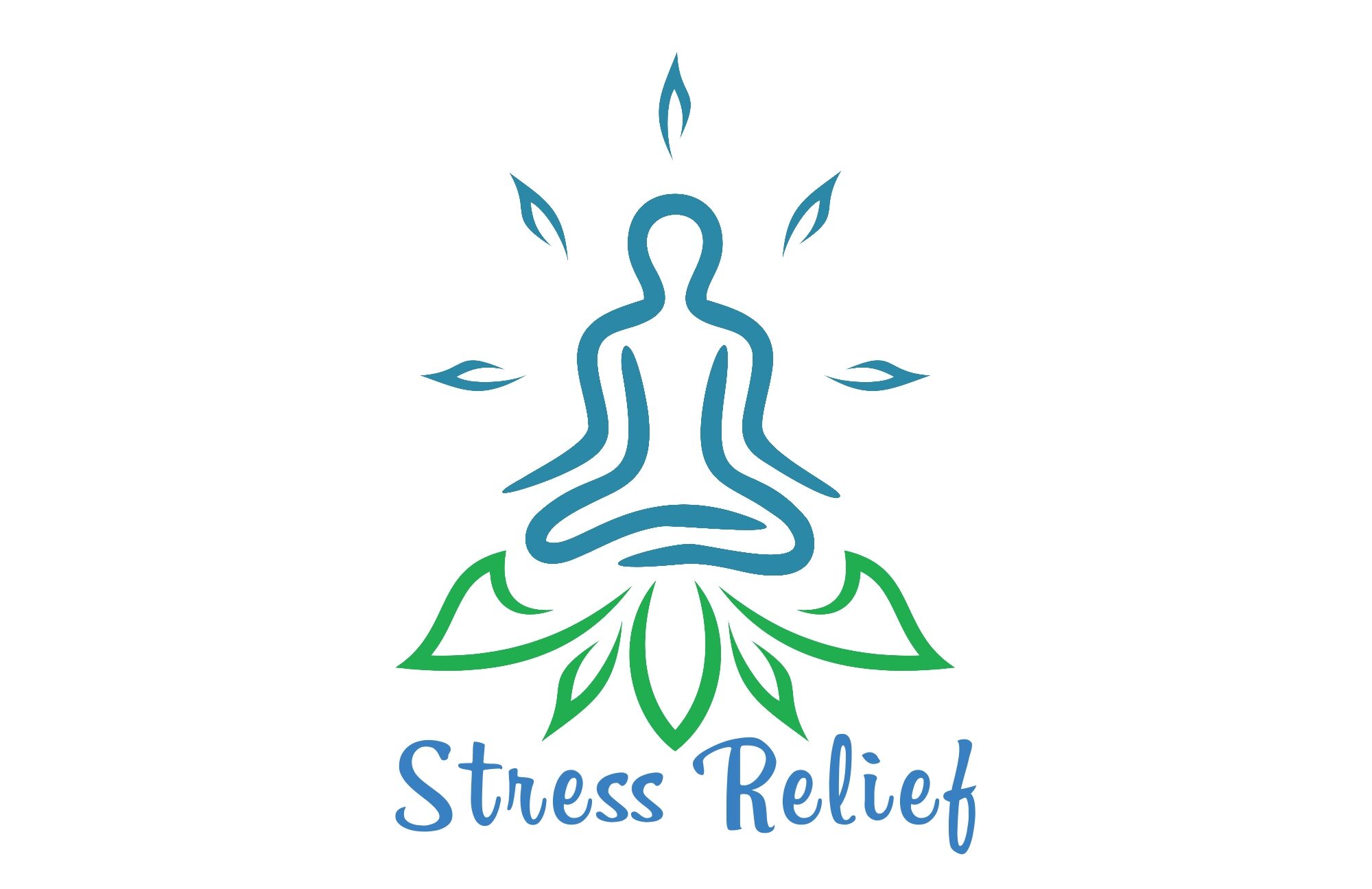1. Introduction to Stress Relief Dance Workouts
Stress is an inevitable part of life, and finding healthy ways to manage it is crucial for our overall well-being. One effective and enjoyable method is through dance workouts. Not only does dancing provide physical benefits, but it also offers a powerful outlet for stress relief. In this article, we will explore about stress relief dance workouts, delve into the multitude of benefits associated with dance workouts, and learn about the science behind dance therapy and its psychological impact.
1.1 Understanding the Relationship between Stress and Physical Activity
It is widely known that engaging in physical activity can have profound effects on our mental state. Exercise triggers the release of endorphins, which are the body’s natural stress-fighting chemicals. These chemicals help to elevate mood and reduce anxiety, making physical activity an excellent tool for stress relief. Dance workouts, in particular, offer a unique combination of physical movement, self-expression, and creativity that can help alleviate stress and boost overall well-being.

1.2 Exploring the Benefits of Stress Relief Dance Workouts
Dance workouts provide a multitude of benefits beyond stress relief. They improve cardiovascular health, enhance flexibility and coordination, and can even help with weight management. Additionally, dancing offers a unique opportunity for self-expression and creativity, allowing individuals to channel their emotions and release tension through movement. Dance workouts provide a holistic approach to stress relief, addressing both the physical and emotional aspects of well-being.
1.3 The Science behind Dance Therapy and its Psychological Impact
Dance therapy, also known as dance movement therapy, is a form of psychotherapy that utilizes movement and dance to support emotional, cognitive, and physical integration. Through dance therapy, individuals are able to explore and process their emotions in a non-verbal and embodied way. This approach has been found to reduce stress, improve self-esteem, enhance body awareness, and promote overall psychological well-being. The combination of physical movement and emotional expression in dance therapy provides a powerful tool for stress relief.
2. Exploring Different Types of Dance Workouts
Dance workouts come in various forms, each with its unique benefits and style. Let’s take a closer look at some popular types of dance workouts and how they contribute to stress relief.
- Salsa: Boosting Endorphins and Building Confidence

Salsa is a lively and vibrant dance style that originated in the Caribbean. By learning basic salsa movements and techniques, individuals can experience the joy of moving to infectious rhythms while boosting their endorphin levels. Salsa is also often performed as a partner dance, providing an opportunity to enhance social connections and reduce stress through positive interactions. Furthermore, salsa can serve as an expressive outlet, allowing individuals to release pent-up emotions and experience emotional liberation through movement.
- Zumba: A High-Energy Workout for Mind and Body
Zumba is a high-energy dance workout that combines elements of Latin music and fitness. With its fun and engaging choreography, Zumba offers an exciting way to relieve stress and improve overall well-being. By mastering Zumba’s unique combination of dance styles, individuals can stimulate their bodies and minds while enjoying an exhilarating workout. The aerobic nature of Zumba also helps to reduce stress by increasing cardiovascular fitness and releasing endorphins. Zumba choreography serves as a form of stress management therapy, allowing individuals to let go of their worries and focus on the present moment.
- Tai Chi: Finding Serenity through Graceful Movements
Tai Chi is a gentle and graceful form of exercise that originated in ancient China. Its slow, flowing movements promote a sense of calmness and serenity, making it an excellent practice for stress relief. By embracing mindfulness and meditation in Tai Chi practice, individuals can cultivate a deep mind-body connection and experience a state of inner tranquility. The emphasis on energy flow and balance in Tai Chi helps to alleviate stress, as it encourages a holistic approach to well-being.
- Belly Dance: Cultivating Body Positivity and Self-Acceptance

Belly dance is a powerful and expressive dance form that celebrates body positivity and self-acceptance. By understanding the traditional roots and modern adaptations of belly dance, individuals can embark on a journey of self-discovery and empowerment. The controlled movements and isolations in belly dance allow individuals to connect with their bodies on a deeper level, promoting a positive body image and reducing stress. The empowering effects of belly dance on self-confidence and self-expression make it a valuable tool for stress relief.
- Ballet-Inspired Workouts: Grace and Emotion for Stress Relief
Ballet-inspired workouts combine the grace and elegance of ballet with the benefits of physical exercise. By learning ballet techniques for improved posture and alignment, individuals can experience physical benefits while also finding emotional release through ballet movements and expressions. Ballet’s emphasis on the mind-body connection makes it an effective tool for combating stress and anxiety. The combination of strength, flexibility, and artistic expression in ballet-inspired workouts offers a holistic approach to stress relief.
3. Creating an Effective Dance Workout Routine for Stress Relief
After exploring the various types of dance workouts, it’s important to understand how to create an effective routine for stress relief. Let’s delve into some key considerations for establishing a personalized dance workout routine.
3.1 Setting Realistic Goals and Expectations for Stress Reduction
To effectively reduce stress through dance workouts, it’s essential to identify personal stressors and tailor the dance routine accordingly. By understanding specific stress triggers, individuals can choose dance styles and movements that address those stressors directly. It’s also important to establish a realistic schedule and commitment to ensure consistency in the practice. Lastly, integrating dance workouts with other stress management techniques, such as mindfulness or breathing exercises, can enhance the overall effectiveness of the routine.
3.2 Incorporating Mindfulness and Meditation into Dance
Mindfulness and meditation can amplify the stress-relieving benefits of dance workouts. By developing a mind-body connection through dance movements, individuals can fully immerse themselves in the present moment, effectively reducing stress and anxiety. Incorporating breathing exercises and engaging in moving meditation while dancing can deepen this sense of mindfulness and promote inner peace.

3.3 Finding Support and Community in Dance Workouts
Joining dance classes and studios offers a unique opportunity to build a supportive network and find like-minded individuals who share similar goals. Dancing in a community setting can foster a sense of belonging and connection, which in turn enhances the stress-relieving benefits of dance workouts. For those unable to attend in-person classes, utilizing online resources and virtual dance platforms can provide a similar sense of community and support.
4. The Role of Music in Dance Workouts for Stress Relief
Music plays a vital role in dance workouts for stress relief, as it can greatly enhance the overall experience and impact on our emotional well-being. Let’s explore the psychological effects of music on stress relief, how to use music to amplify emotions and release stress, and the professional perspective of music-based dance therapy.
4.1 Understanding the Psychological Effects of Music on Stress Relief
The power of music in eliciting relaxation responses is well-documented. Rhythm and tempo have a significant impact on our mood and can help induce a state of relaxation. Exploring different genres of music allows individuals to find the type of music that resonates with them personally and effectively reduces stress. Creating personalized dance playlists that reflect individual preferences and evoke positive emotions can maximize the stress-relieving benefits of dance workouts.
4.2 Using Music to Amplify Emotions and Release Stress
Music has the remarkable ability to amplify emotions and provide an outlet for stress release. By harnessing the power of lyrics and melodies in dance workouts, individuals can tap into their feelings and use movement as a form of emotional expression. Incorporating visualization techniques while dancing to specific music can further enhance the emotional healing process. The connection between music, dopamine, and stress reduction highlights the profound impact that music has on our state of mind.

4.3 Music-Based Dance Therapy: A Professional Perspective
Licensed dance therapists play a vital role in using music and movement as a therapeutic tool for stress relief. The therapeutic elements of music and movement in dance therapy provide individuals with a safe and supportive environment to explore and process their emotions. Dance therapy techniques, tailored to each individual’s needs, can effectively help those coping with chronic stress. With the guidance of a dance therapist, individuals can experience the profound healing and stress-reducing effects of music-based dance therapy.
5. Summary
In summary, stress relief dance workouts offer a holistic approach to managing stress and promoting overall well-being. By incorporating various types of dance workouts, individuals can experience physical, emotional, and psychological benefits. Establishing a personalized dance workout routine, incorporating mindfulness and meditation, and finding support in dance communities are essential for maximizing the stress-relieving effects of dance workouts. The role of music in dance workouts is pivotal, as it enhances the emotional experience and provides a powerful outlet for stress release. Music-based dance therapy, guided by licensed professionals, offers an effective and therapeutic approach to stress relief.
Frequently Asked Questions:
1. Can people of all fitness levels participate in stress relief dance workouts?
* Absolutely! Dance workouts can be modified to suit all fitness levels. Whether you’re a beginner or an experienced dancer, there are options available for everyone.
2. How long do I need to practice dance workouts to experience stress relief?
* The duration can vary based on individual preferences and needs. Consistency is key, so even short dance sessions can provide significant stress relief. Aim for at least 30 minutes of dance workouts a few times a week to experience noticeable benefits.
3. Can dance workouts alone completely eliminate stress?
* While dance workouts are an effective tool for stress relief, it’s important to remember that complete stress elimination is unrealistic. Dance workouts can significantly reduce stress and improve overall well-being, but it’s essential to complement them with other stress management techniques for a holistic approach.
4. Are there any precautions to consider before starting stress relief dance workouts?
* Like any form of physical activity, it’s important to listen to your body and avoid pushing yourself beyond your limits. Consult with a healthcare professional if you have any pre-existing health conditions or concerns. It’s also wise to warm up before starting any dance workout to prevent injuries.
5. How can I stay motivated to continue with dance workouts for stress relief?
* Finding dance styles that you genuinely enjoy and incorporating variety into your routine can help maintain motivation. Setting realistic goals and tracking your progress can also be motivating. Additionally, finding a dance buddy or joining a supportive dance community can provide the necessary encouragement and accountability to keep you engaged.




